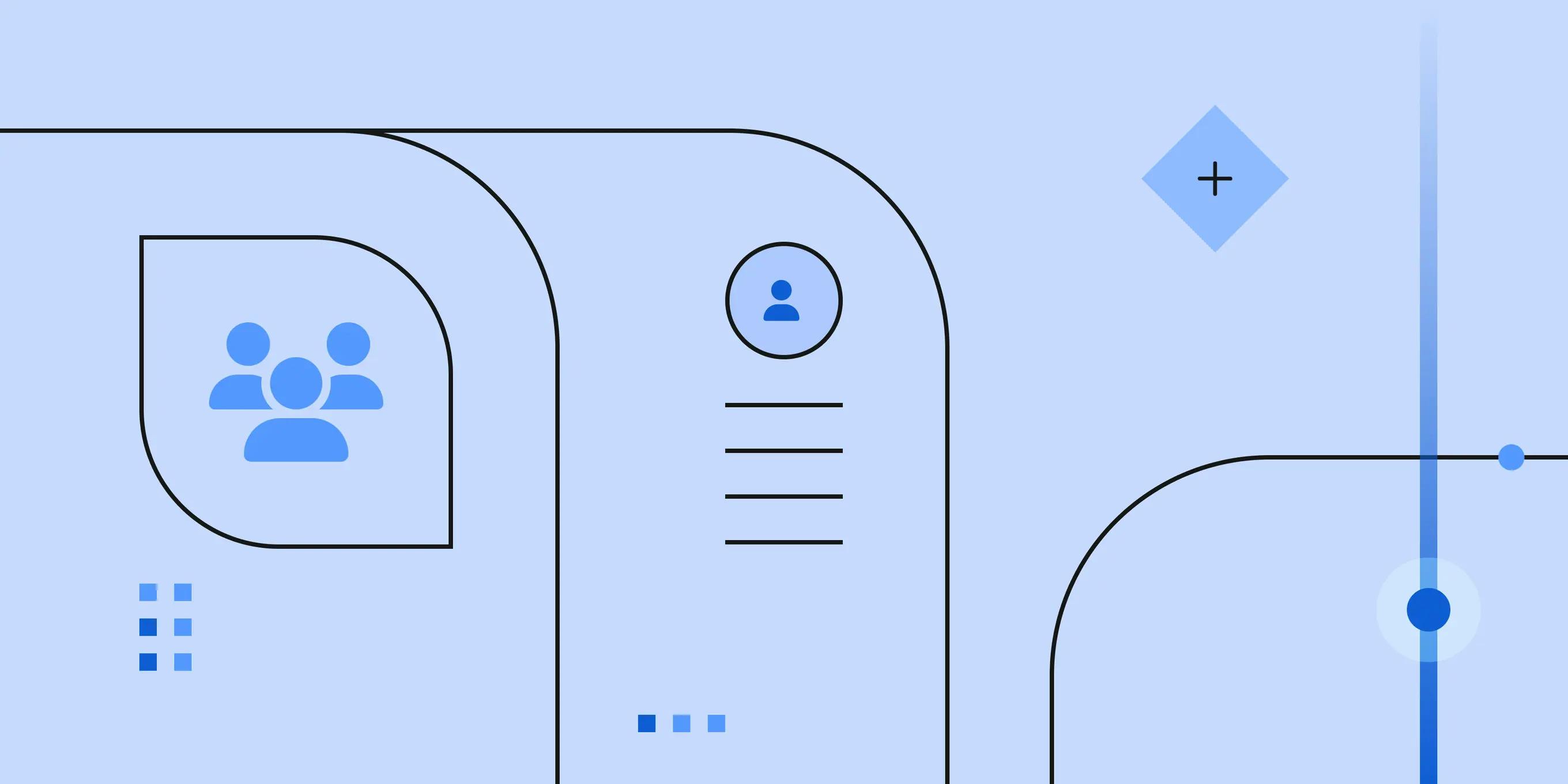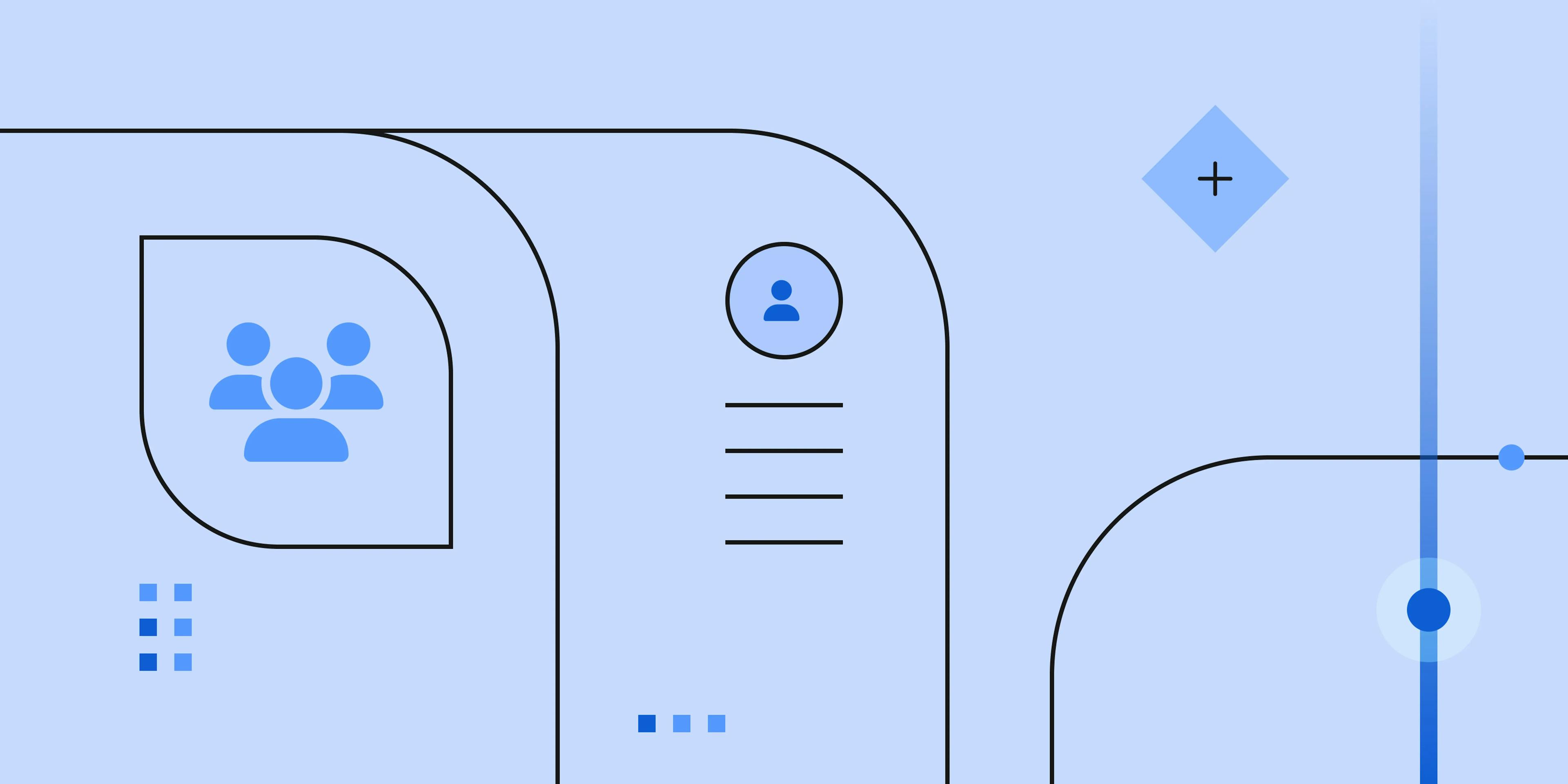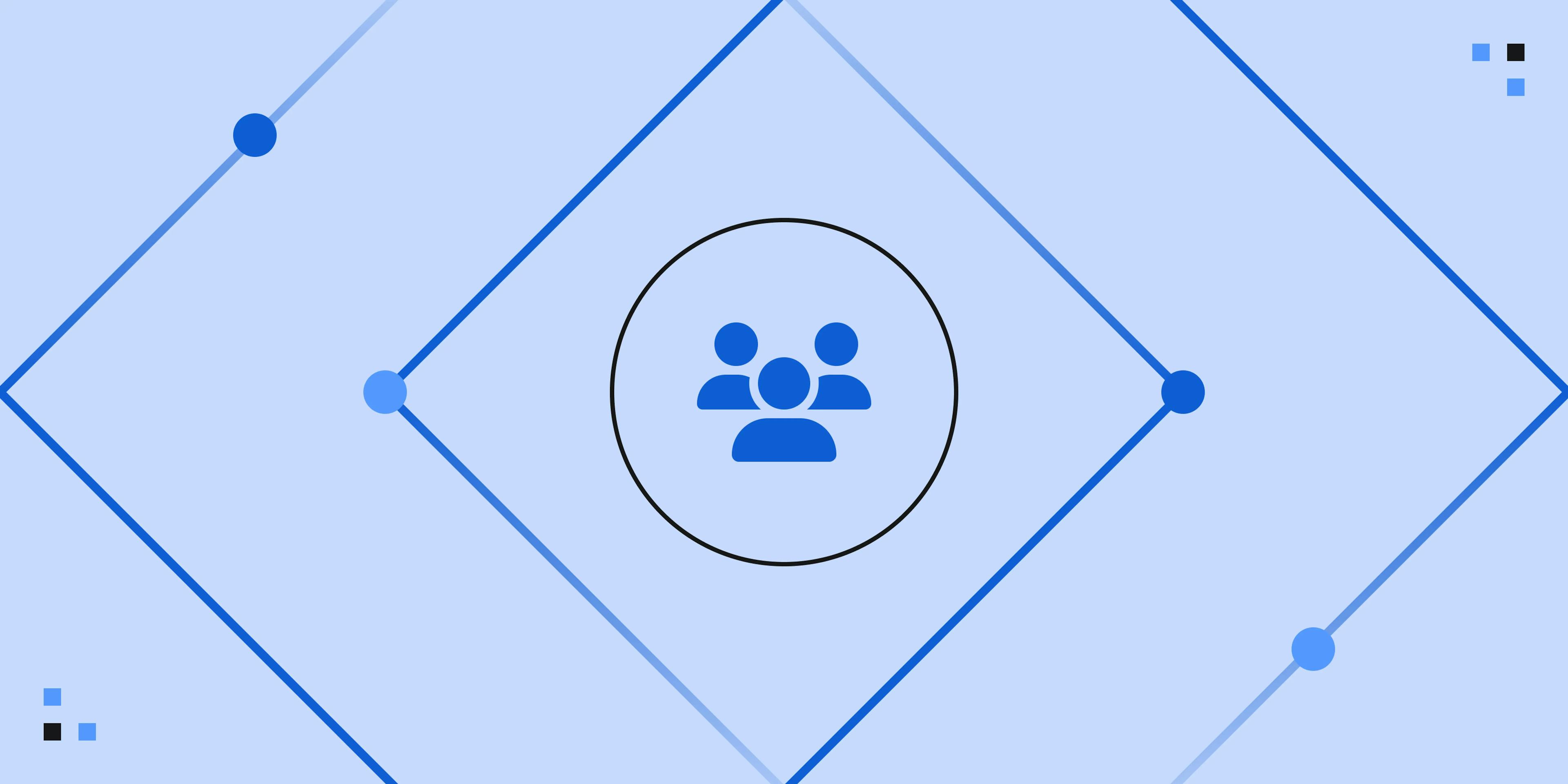Why Shopify will increasingly require data engineering expertise

Shopify has recently expanded as a commerce platform for businesses of all sizes, particularly major retailers. Over 1.7 million companies, including brands like Staples, Mattel, and Nestle, rely on Shopify for their operations.
As consumer transactions shift towards Shopify stores and apps, Shopify users can access more customer data than ever inside the platform. However, effectively utilizing this data poses data engineering challenges around scaling ingestion processes, mapping identities, and tracking across sources. Not to mention optimizing for analytics practices and ensuring proper data governance.
Achieving success with Shopify stores will increasingly require data engineering expertise to overcome these hurdles, and brands that want to remain competitive and outperform will need to prepare in advance to handle them.
Fail to invest in data engineering, and you’ll struggle with data quality issues that lead to lackluster conversions. Your efforts to extract value from your data will take longer, be less impactful, and could expose you to significant compliance and legal risks.
Whether you’re an established eCommerce retailer or a startup, if you haven’t begun to invest in data engineering and you’re hitting the limits of your capabilities with current expertise and tooling, keep reading. In this post, we’ll explain the technical roadblocks you’ll encounter and give you a roadmap to begin maximizing business value by collecting the correct data and unifying it into high-fidelity customer profiles that you can use to create engaging, personalized shopping experiences.
Data ingestion and attribution challenges
To get the most out of your Shopify customer data, you will want to collect event data from your websites and apps and centralize it in a data warehouse. You’ll need the help of a data engineer, but this enables you to enhance site speed, unlock more accurate attribution, and begin to understand the entire customer journey.
The old way of collecting event data was to use vendor pixels. This data collection method was OK if you only had a few tools. Today, however, many websites end up with 10, 20, or even 30 separate pixels, one from each marketing or sales tool.
Pixel bloat drastically slows down website performance and makes it challenging to unify your data effectively. Plus, vendor pixels are subject to greedy attribution algorithms, which claim more dollars influenced than a more objective 3rd party might. When it comes to eCommerce, site speed and accurate attribution are of primary importance. Here’s a bit more detail on how the old way of data collection can be detrimental to your growth:
- Reduced website performance: In the now famous Amazon 100ms study. Amazon found that for every 100ms increase in latency, they saw a 1% drop in sales. Google has also made similar claims regarding speed and conversion rate. You can do nearly infinite things to improve website conversions, but a faster website is one of the only things proven to work across industries.
- Biased Attribution: Relying solely on Google, Facebook, and other media channels for attribution doesn’t work. When you compare attribution between platforms, you will always get a number that adds up to more than 100%. This results from proprietary multi-touch algorithms that are often not very transparent. This study is one example of how inaccurate media channels like Google Analytics can be when tracking traffic to your website.
RudderStack’s deep Shopify integration enables you to instrument one SDK (instead of an excessive number of marketing pixels) to send data to every destination, including your data warehouse.
You can unlock source-agnostic and unbiased attribution with a data warehouse and proper data engineering expertise. Additionally, you can incorporate offline and CRM interactions into Shopify to view customer behavior holistically. A customer profile with accurate online attribution complemented by offline attribution from phone calls, emails, or in-person interactions allows you to understand the entire customer journey and ultimately deliver richer customer experiences.
Shopify simplifies basic data capture, but optimizing site and app performance requires a more robust data infrastructure. To build a truly comprehensive view of your customers and unlock advanced attribution and personalization, you'll need a data warehouse and data engineering expertise.
Better data capture is just the first step towards better customer experiences. Other data engineering tasks like advanced identity stitching and data governance measures are necessary to ensure you have high-quality customer profiles without duplication or errors.
Identity resolution and data quality challenges
Unifying your customer records into complete customer profiles that can unlock sophisticated personalization and attribution involves several technical challenges. Integrating click-stream data from Shopify with your Shopify customer records requires resolving identities and implementing data governance practices to ensure data quality and compliance.
Shopify provides raw behavioral event data, not insights out of the box. Transforming these low-level events into valuable insights requires designing schemas, creating aggregation logic, and calculating key metrics like customer lifetime value (CLTV) or churn score, all of which require domain expertise.
Identity resolution – the process of stitching all the unique identifiers for a single user from various channels, devices, and data sources into one canonical ID – and data modeling to produce complete, unified customer profiles is another hurdle you must address before you can take full advantage of your Shopify data. Without proper engineering help, duplicate customer records can wreak havoc on your efforts to leverage your customer data. Studies have shown that duplicate records cost enterprises in the US alone $3 trillion annually due to increased marketing expenses and missed opportunities.
Managing data access and usage also becomes more complicated when integrating Shopify (and, therefore, customer) information into various other departments, such as marketing, product, or finance. To maintain governance, it’s crucial to have effective coordination processes across functions and proper oversight of data access. Many brands underestimate the challenges of incorporating data sources like Shopify across business units.
Investing in data engineering will enable you to ensure data quality and solve identity resolution to get the most out of your Shopify data. RudderStack provides tools that make it easier for data engineers and analytics engineers to guarantee quality data from the source and create reliable, complete customer profiles so they can spend more time helping you drive better business outcomes.
Once you solve for unified identities, data quality, and governance, one more topic still needs to be covered: data security and compliance.
Data compliance and security challenges
Compliance and legal risks are massive headaches for companies that store customer data. However, the most significant risk may be the delayed value realization from time spent on compliance and risk mitigation, which can quickly become a bottleneck in your data activation flow.
Expanding data collection from sources like Shopify without security and governance increases compliance and security risks exponentially. IBM reports that the average data breach cost has risen by 15% yearly and now stands at $4.45 million. In addition to direct fines, incidents also cause deterioration in brand reputation and customer trust. It remains crucial to prioritize adherence to GDPR, CCPA PCI DS, and other relevant standards when dealing with data. Investing in data engineering will help you avoid security and compliance nightmares, and RudderStack delivers compliance tools to minimize the time and resources required.
Your success with Shopify will remain capped if you fail to invest in robust data engineering practices and modern data tools to manage identity resolution, governance, quality monitoring, security, and compliance. Delaying investments could invite fees or lawsuits, but it's sure to result in lost opportunities.
That’s why market leaders prioritize investments to build a rock-solid data foundation to unlock advanced personalization, attribution, and churn reduction use cases.
Data engineering solutions for Shopify success
A solid data foundation will help you build trust and foster good customer relationships. Data engineers are equipped with the expertise to establish the infrastructure and capabilities needed to maximize Shopify’s potential. However, building a robust data engineering foundation can seem daunting if you’re new to managing large volumes of customer data. Here, we’ll cover some fundamentals to help you understand how data engineering can solve the challenges covered above. Then, we’ll offer some tips for getting started.
First, it’s essential to understand the importance of the cloud data warehouse. A modern cloud data warehouse gives you the storage, computing power, and flexibility to seamlessly process large volumes of Shopify data. Data engineers leverage these scalable platforms to securely ingest, store, and process all your customer events and interactions. Your data warehouse is where you can create a single source of truth, or customer 360, with complete customer profiles that your entire company can use to fuel any use case. Here’s an overview of the vital work a data engineer will do to help you make the most from your Shopify data.
Identity resolution: Identity resolution is crucial for connecting customer profiles across all channels by linking events accurately. This involves identity stitching such that all customer identifiers are matched between various systems, devices, and states (logged in or anonymously identified). Doing this hard work creates the ability for a genuinely comprehensive 360-degree view of customers, enabling personalized experiences. ID resolution in your data warehouse gives you complete control of the inputs and business logic that comprises your customer’s profile.
Data quality: Duplicate tags, missing data, and misconfigured forms are common in e-commerce when you have various teams of agencies, contractors, and FTEs working on your website. Ensuring high-quality data by performing validation during ingestion processes, logging throughout pipelines, and continuously monitoring during analysis stages is crucial to drive accurate tracking of marketing ROI. Taking steps to address the underlying reasons for defects, such as events, formatting errors, or integration issues, helps minimize the accumulation of data issues. Nobody has this perfect, but a data engineering function that can continuously improve and assess data quality is crucial to your long-term success.
Governance and security: When leveraging your Shopify data, effective data governance and security measures must span across all business functions. This usually includes marketing, sales, finance, and IT. Data engineers can help implement access policies, robust auditing capabilities, and quality tests. They can also automate usage thresholds, ensuring compliance while promoting data accessibility for the business.
Compliance: Finally, data engineers can help you adhere to compliance, which involves implementing controls tailored to laws like GDPR and CCPA whenever customer data, such as that collected and stored by Shopify, is involved. Engineers often help with data masking of PII and routing to proper residency (EU vs US) for compliance with GDPR. Additionally, they can ensure appropriate levels of encryption and other safeguards to help you steward your data well.
With a solid data foundation created and maintained by someone with data engineering expertise, you can activate your Shopify data for deeper insights, highly personalized experiences, and optimized operations.
Start building a solid data foundation
Managing the complexity of customer IDs, compliance, quality, and security is tough, and the stakes are getting higher each day if you don’t do it from both a risk mitigation and value creation standpoint.
Historically, building a comprehensive customer data infrastructure required multiple large teams and significant resources. Today, you can get started more easily and cost-effectively. Tools such as RudderStack empower lean teams and, in many cases, even a single individual to tackle these data challenges. By leveraging the right solutions, you can create a significant competitive advantage through customer data without massive investments in headcount and tooling.
Depending on your company size, you have several options to build the necessary data skills. Developing in-house expertise with guidance from external partners or investing in training for your existing team can both be effective approaches. Many vendors also offer professional services or partner with agencies to accelerate your implementation while your staff gets up to speed on the platform.
At RudderStack, we partner with companies like Maze Group which bring deep Shopify expertise to the table. They've helped numerous eCommerce customers harness their customer data for better results. Collaborating with a skilled partner can fast-track your data initiatives and drive meaningful outcomes for your business.
If you opt to expand your team, hiring a data engineer or analytics engineer is a smart move. These skilled professionals can lay the foundation for your data infrastructure and set you up for long-term success.
As you weigh your options, consider the following factors:
- Focus your efforts on high-impact POCs – Start by conducting proof of concepts (POCs) that address high-impact gaps such as identity resolution or data quality. These quick wins will help build momentum and justify investments. If you aren’t sure where to start, consider a POC trying to collect data to optimize your conversion rates.
- Drive towards solutions-focused work – It's essential to prioritize business solutions. These solutions should focus on enabling high-ROI initiatives and addressing security, governance, and data quality concerns. Ensure these align with your key business KPIs.
- Modern analytics tools - To speed up development, use modern tools like Snowflake, Databricks, and Rudderstack.
- DRY (Don’t Repeat Yourself) – Practice DRY principles by creating templates, macros, and libraries that can be reused repeatedly. dbt is an excellent data engineering tool for keeping your data engineering DRY.
- Warehouse Native Architecture – Design an architecture that allows for enhancement over time. An architecture with your data warehouse at the center allows for flexibility over time that results in improvements being made more quickly.
Get more from your Shopify data
You can harness your Shopify customer data to achieve more accurate attribution, create powerful personalization, and reduce churn. However, effectively utilizing this data requires understanding aspects of data engineering, including ingestion, identity management, governance, modeling, quality assurance, and compliance.
The most successful brands are unlocking Shopify's full potential by embracing cloud data warehouses and investing in specialized expertise. If you’re ready to begin doing more with your Shopify data, you can start building a solid data foundation today to deliver more powerful customer experiences. Take the next step. Chat with your internal team or reach out to a partner like Maze Group today. If you’d like to learn more about how RudderStack can help you do more with less, schedule a demo with our team.
Get more out of your Shopify data with the Warehouse Native CDP
Schedule a demo with our team today to learn how RudderStack can help you do more with less and get more out of your Shopify customer data.
Recent Posts

Why Shopify will increasingly require data engineering expertise
By John Wessel

First Party Cookies - A Good Evolution
By Brooks Patterson, Tom Shelley

Why data teams must separate support work from development work
By Matt Kelliher-Gibson
Get the newsletter
Subscribe to get our latest insights and product updates delivered to your inbox once a month
